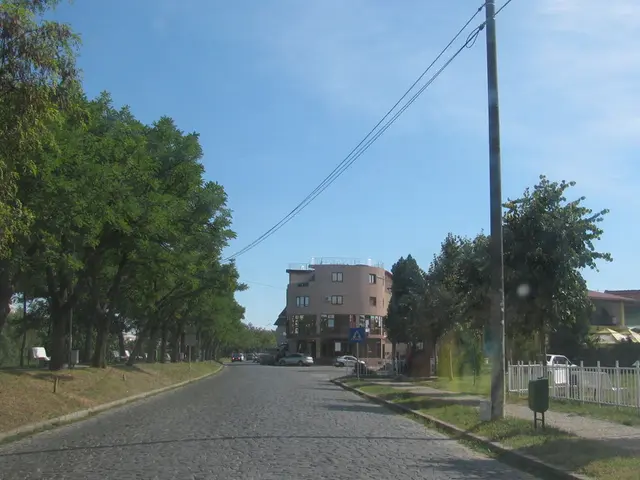Middle East's Solar Boom Set for 2018 as Governments Back Renewables
The Middle East is poised for a significant solar power boom. More than 8 gigawatts of utility-scale solar projects are expected in the Gulf in 2018. This surge is driven by the region's high natural potential for solar power and a shift in government policies due to falling oil prices.
The Middle East's solar potential is undeniable. Governments of Saudi Arabia, Bahrain, Jordan, Oman, and the United Arab Emirates aim to install a combined 45 GW of solar capacity by 2023. However, the region's retail electricity subsidies, ranging from 54% to 98% for residential and 16% to 96% for commercial, have hindered solar adoption.
Currently, only commercial-scale solar in Jordan and utility-scale solar in Dubai and Jordan offer attractive investment opportunities at present market installation costs. Jordan, having removed fuel subsidies and supported renewable energy, has nurtured a thriving local solar industry. By 2023, these countries together are expected to install more than 22.4 gigawatts of cumulative solar capacity.
The Middle East, home to some of the world's most attractive solar markets, is at a crossroads. The total fuel subsidies in the region reached nearly $150 billion in 2015, with Saudi Arabia accounting for 72%. To harness their solar potential, national governments must reevaluate their subsidy programs and invest in solar power. This shift could lead to significant solar growth and energy independence.








